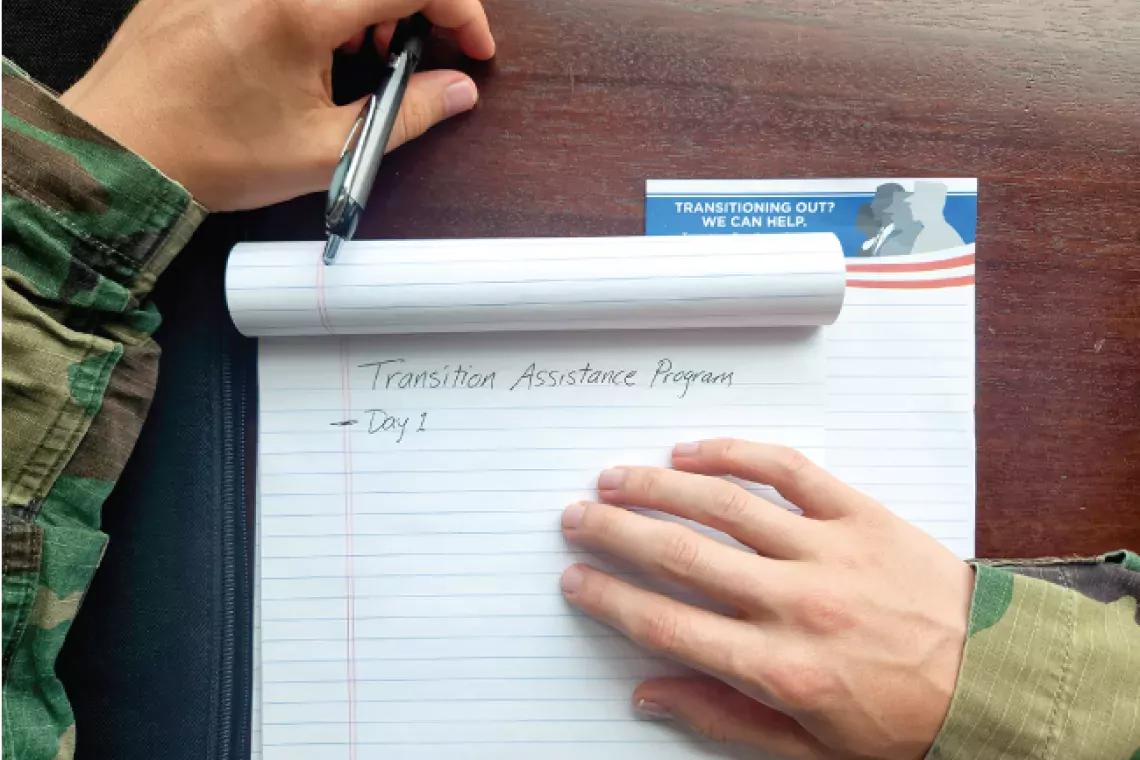Vital Suicide Prevention Effort Must Improve to Meet Veterans’ Needs
Suicide rates among veterans are more than double the national average. One key effort to help veterans is the Department of Veterans Affairs’ crisis hotline—a 24/7 toll-free number, online chat, and text messaging service for veterans, their families, and friends.
But over the years, concerns have been raised about how well this vital resource is operated—including wait times, staffing resources, and quality of help provided.
Today’s WatchBlog post looks at our new report on the Veterans Crisis Line and what can be done to improve it. GAO's Alyssa Hundrup also testified about our report on June 25. You can watch her opening statement in the video below.
Growing complexity of caller needs has strained the Veterans Crisis Line
The Veterans Crisis Line had about 3.8 million interactions—calls, texts, chats—with veterans and others from fiscal year 2021 to 2024. That averages to about 2,600 interactions each day. But in reality, the volume of interactions has increased each year—with 30% growth over the last couple of years.
Number of Veterans Crisis Line Interactions, FY 2021-2024
Image

The Department of Veterans Affairs (VA) has increased the number of responders to manage this rise in demand. When the crisis line started in 2007, there were 14 responders staffed in a single call center. Now, there are more than 1,000 crisis responders who answer phone calls originating from around the world.
But staff also struggle with the increased volume of callers with complex needs—for example those who are abusive, call at a high frequency, or make violent threats toward staff. The crisis line has about 180 responders who are specially trained to handle these complex calls. But if wait times are too long, calls go to staff without this training. And this is happening increasingly. Complex calls are being transferred to responders who are not trained to handle them. This has raised concerns about the quality of help provided and callers’ safety.
Responders have also expressed concerns about being expected to handle up to two chat or text interactions at a time. We surveyed responders about their experiences. About 47% of chat responders and 35% of text responders who answered our survey said they either often or always handle two interactions at a time.
Responders in our survey said that the volume of complex calls paired with managing multiple interactions have caused staff burnout and made it difficult to fully address callers’ needs.
What can be done to improve the crisis line’s response?
The VA has taken steps to track the crisis line’s performance and look for ways to improve it. For example, the VA monitors incoming call, chat, and text interactions—including the speed they’re answered, and the percentage answered or abandoned. VA has also established goals for wait times. For example, it has a goal of answering 95% of calls within 20 seconds and is working to establish similar goals for chat and text interactions.
Beyond wait times, VA is monitoring the quality of help provided. Silent monitors evaluate live or recorded interactions with callers and work with staff on ways to improve their efforts when interactions don’t go well. If a veteran dies by suicide after receiving crisis line help, staff review this interaction to see what more could have been done or improved to better help future callers.
While these are all important steps for improving VA’s efforts, we found additional ways to address crisis line staff concerns—like those on quality of service and workloads. Learn more about our recommendations by checking out our full report.
- GAO’s fact-based, nonpartisan information helps Congress and federal agencies improve government. The WatchBlog lets us contextualize GAO’s work a little more for the public. Check out more of our posts at GAO.gov/blog.
- Got a comment, question? Email us at blog@gao.gov.
GAO Contacts
Related Products

GAO's mission is to provide Congress with fact-based, nonpartisan information that can help improve federal government performance and ensure accountability for the benefit of the American people. GAO launched its WatchBlog in January, 2014, as part of its continuing effort to reach its audiences—Congress and the American people—where they are currently looking for information.
The blog format allows GAO to provide a little more context about its work than it can offer on its other social media platforms. Posts will tie GAO work to current events and the news; show how GAO’s work is affecting agencies or legislation; highlight reports, testimonies, and issue areas where GAO does work; and provide information about GAO itself, among other things.
Please send any feedback on GAO's WatchBlog to blog@gao.gov.




